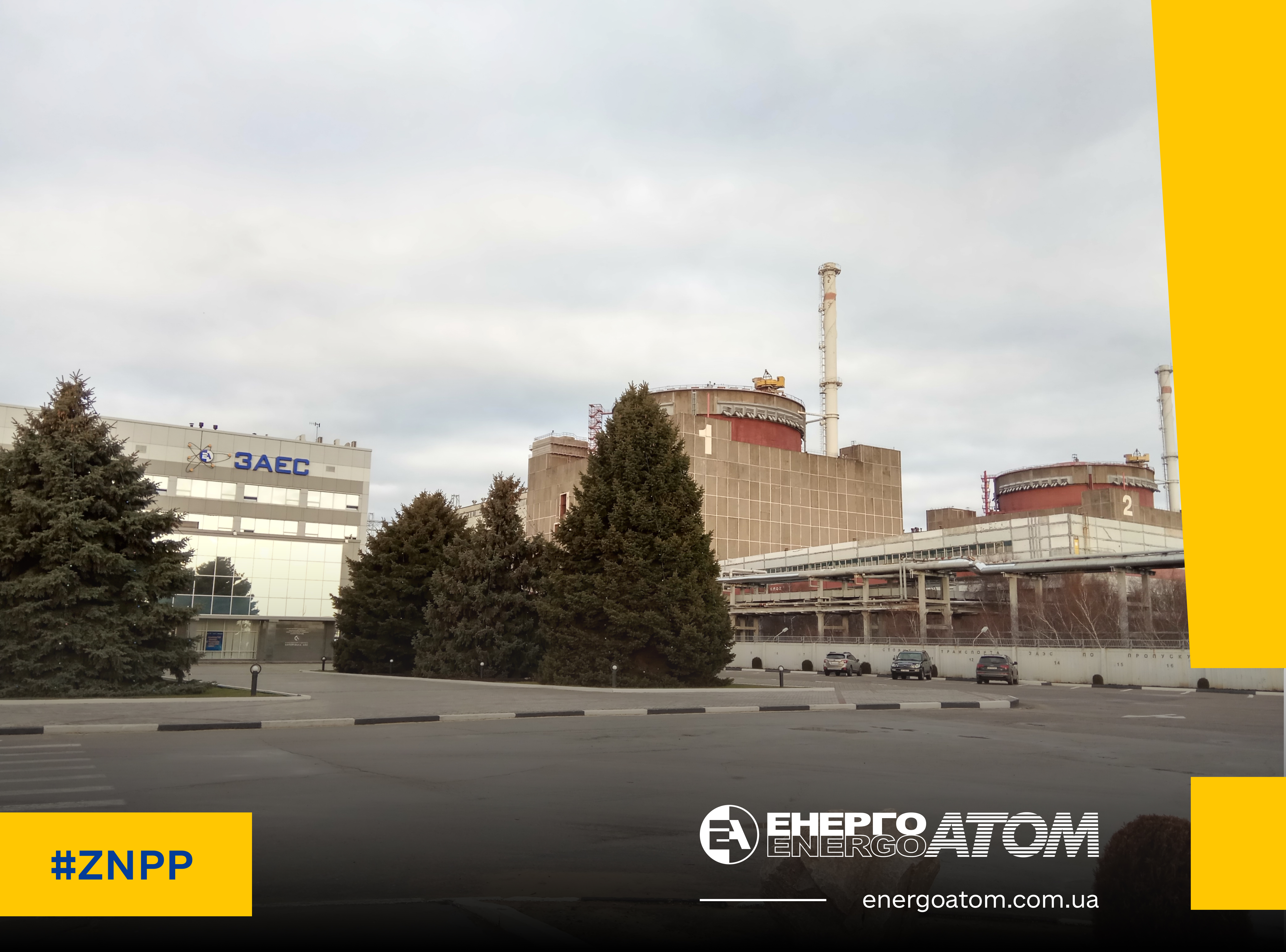Agency experts said that they have carefully considered "worst case scenarios," including bombardment and deliberate sabotage of the reactors and spent fuel storage canisters but cannot foresee a situation that would result in radiation-related health consequences to the public.

"ZNPP’s six reactors have been shut down for over ten months and are no longer making enough heat to cause a prompt radiological release. ZNPP is designed to withstand natural and man-made hazards. Thick, steel-reinforced concrete containment buildings protect the reactor cores and are designed to keep any radioactive materials isolated from the environment", the ANS statement says.
In the unlikely event that containment structures were breached, any potential release of radiological material would be restricted to the immediate area surrounding the reactors. In this regard, any comparison between ZNPP and "Chornobyl" or "Fukushima" is both inaccurate and misleading.
The American Nuclear Society also highlighted that IAEA inspectors must be given immediate, unfettered access to all areas of the russian-occupied nuclear power plant.
